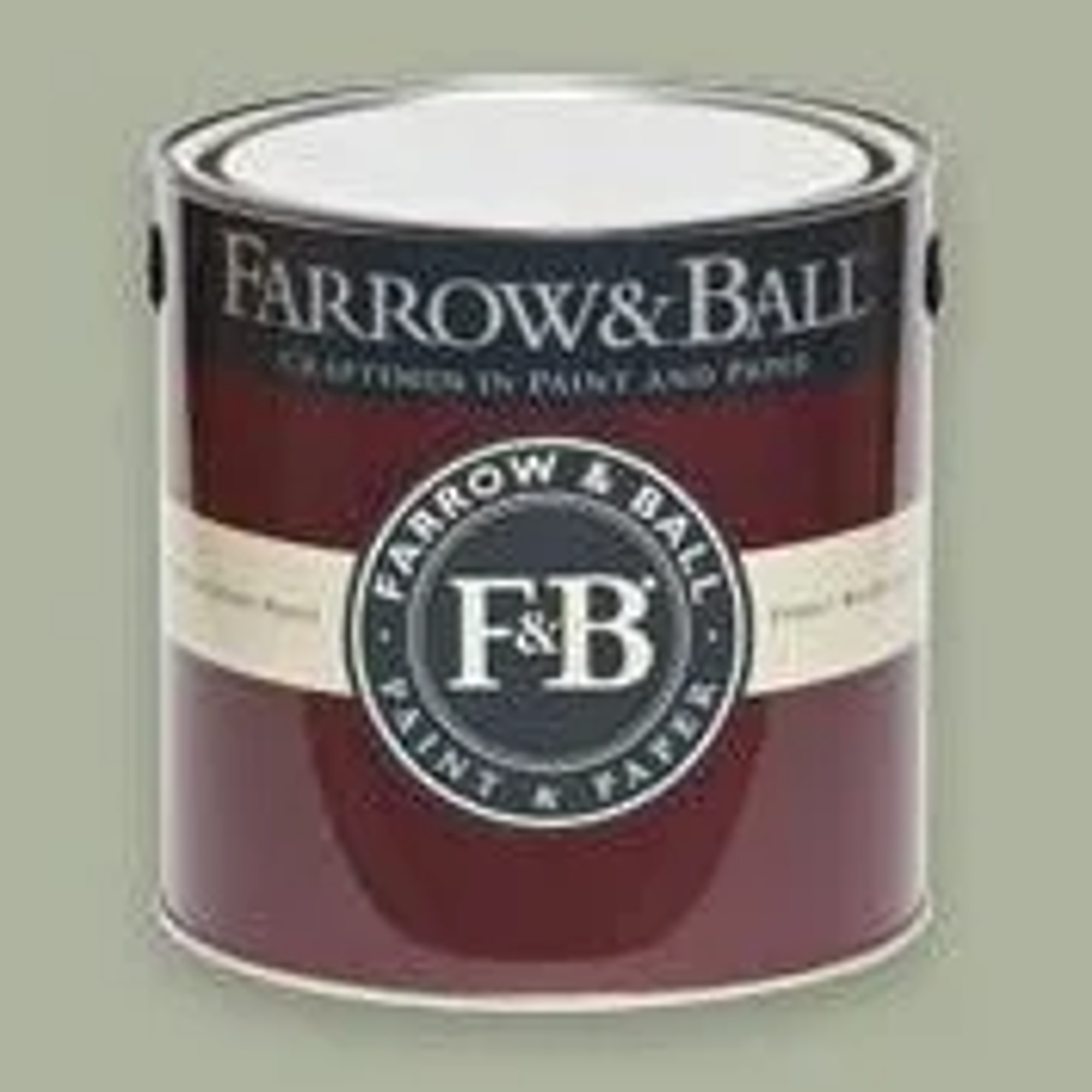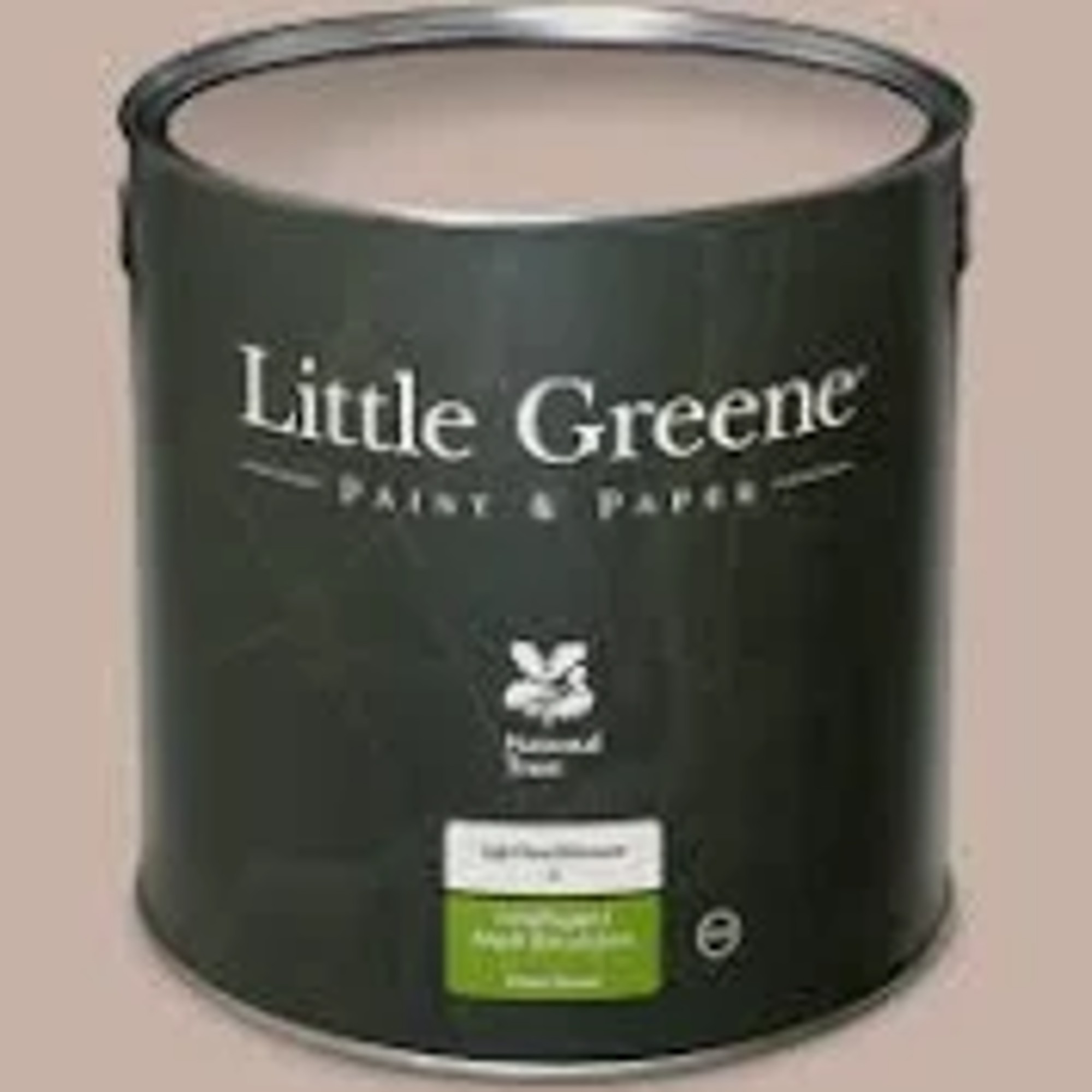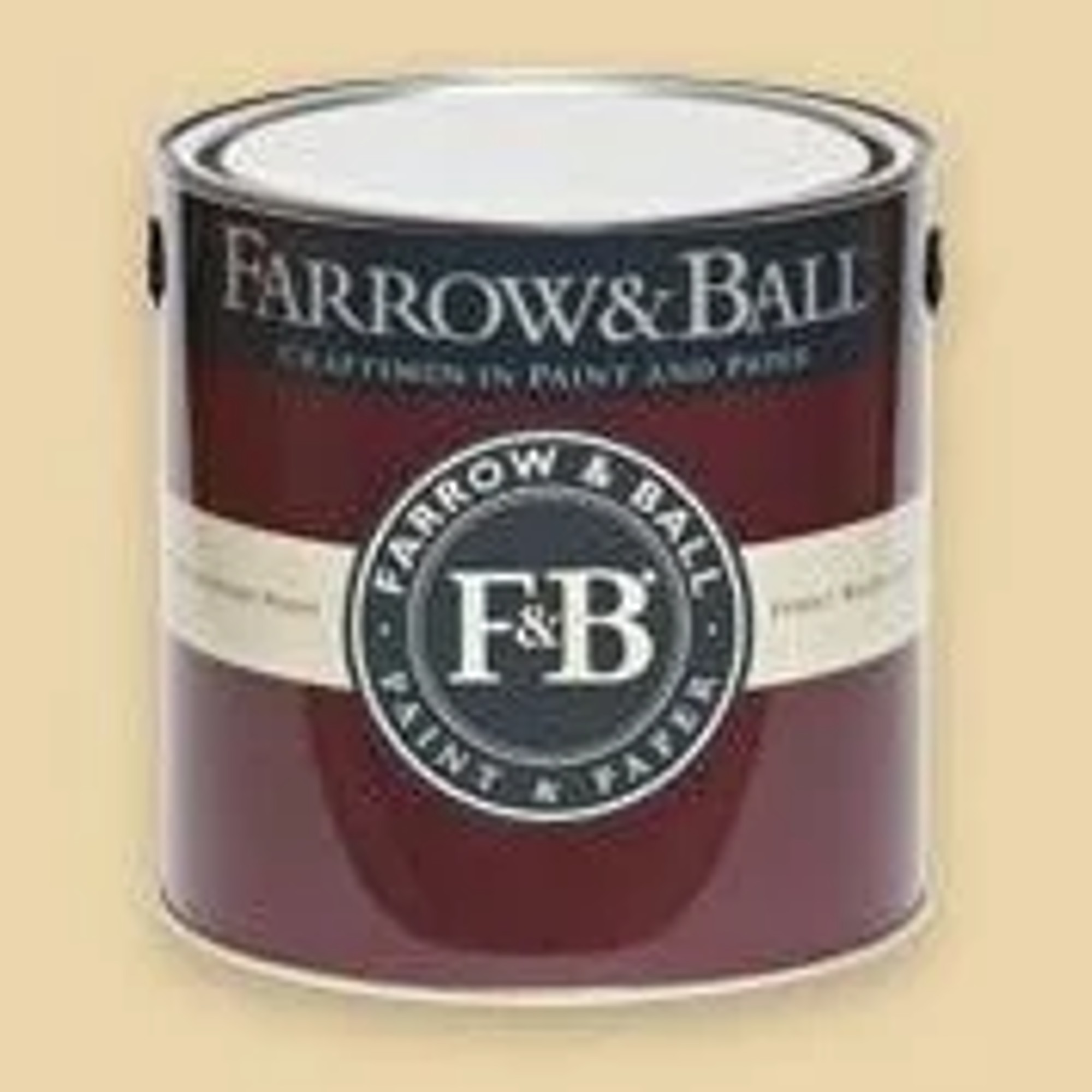What is distemper paint? Why this finish is trending right now
The enigmatic paint finish everybody's talking about
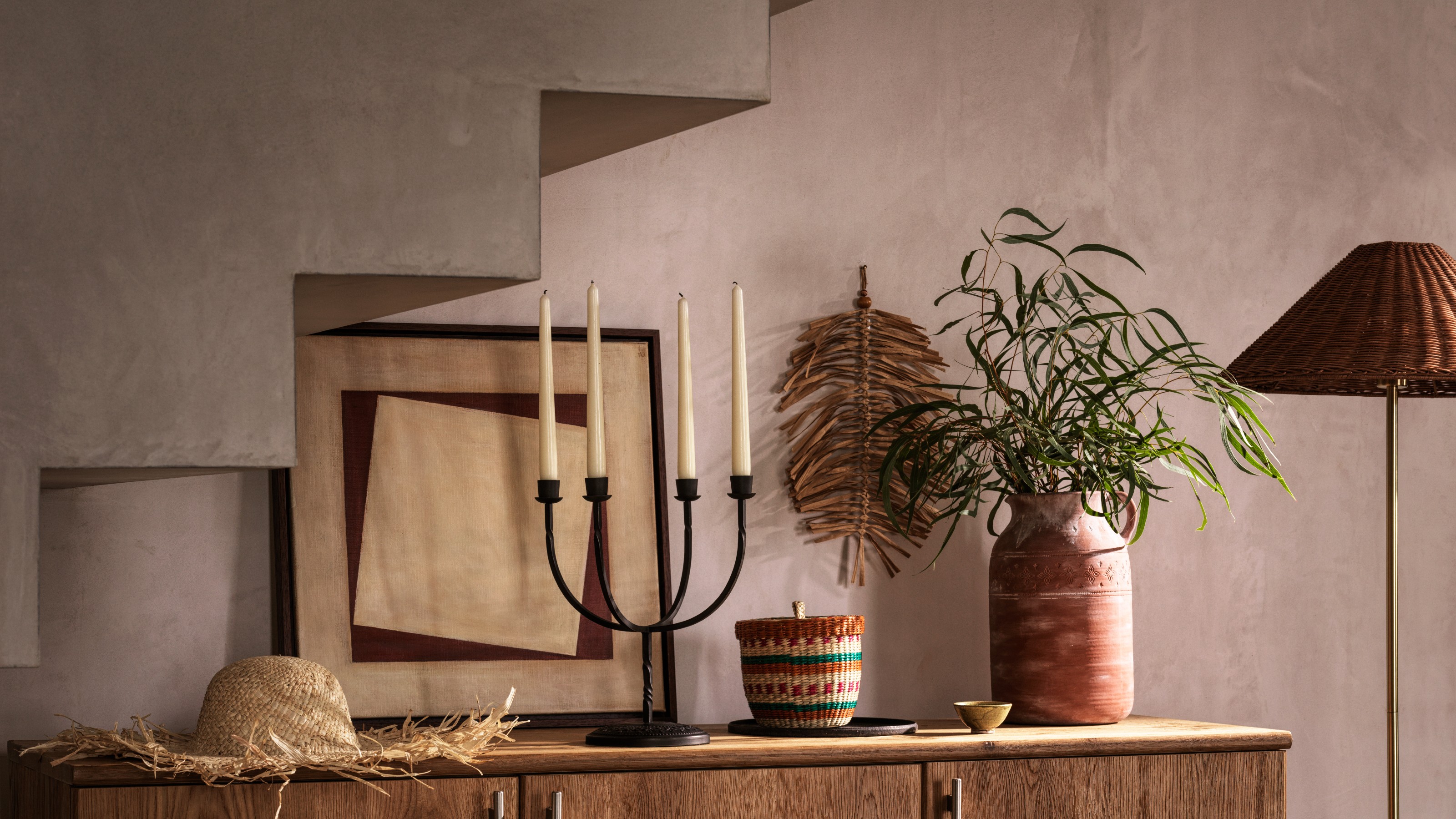

Despite the fact that walls are often left blank and white, a lick of paint on the walls has the power of transforming any room, depending on the chosen colour, shade, finish and technique. There is a myriad to pick from - to the point that even we at times come across something we’ve never heard of before. The latest question we’ve been asking is, what is distemper paint?
This trending paint idea caught our eye as Google searches for the vintage-style paint finish have increased by 1500% in recent days. So, what’s with the sudden interest in distemper paint?
Is it perhaps the renewed interest in a vintage aesthetic championed by the current number one show on Netflix, Bridgerton? Given the fact that its finish ‘mimics the aesthetic of traditional, period homes,’ as stated by Michael Rolland, paint expert and managing director at The Paint Shed, it's a very plausible explanation indeed.
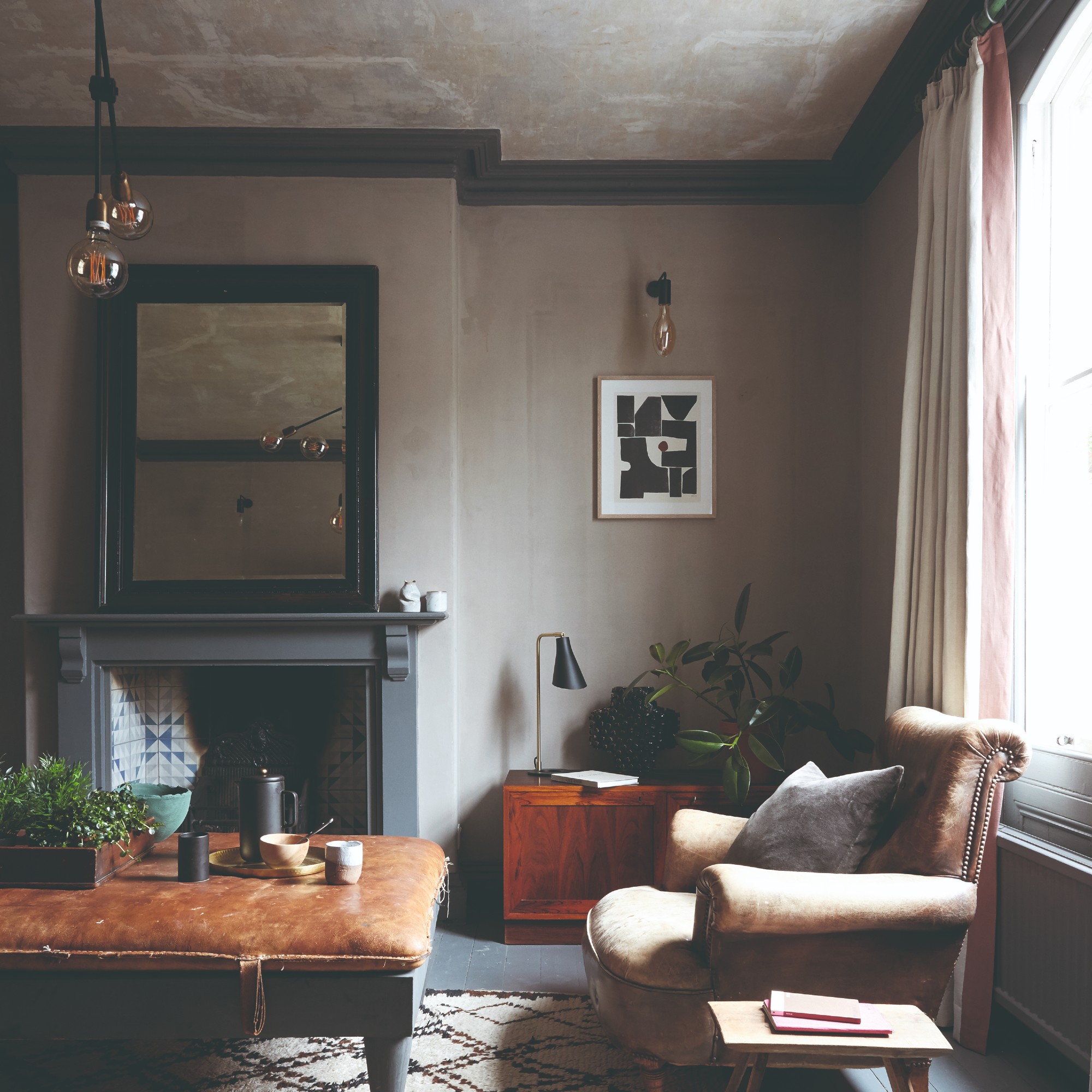
What is distemper paint?
Given the high volume of interest shown to distemper paint, this might just become the next paint trend, despite the fact it’s one of the oldest types of paint, often also referred to as cement paint. But how exactly is it different from any other wall paint?
‘Distemper paint is an interior paint, made from natural ingredients like water, chalk, pigment and gelatine,' explains Michael. 'It is typically applied to dry plaster, plasterboard or lime and is used to create a soft, velvet matt finish.'
And there are two types of distemper paint – soft distemper and hard distemper. ‘There are several types of soft distemper but, in general, it's worth noting that a soft distemper is likely not going to be resistant to scratching. In contrast, hard distemper is stronger and more resistant to damage because of the combination of casein or linseed oil as a binding agent,’ says Ilia Nachev, Fantastic Handyman's painting experts and handymen.
So hard distemper is definitely the one to go for as far as practicality goes.
Get the Ideal Home Newsletter
Sign up to our newsletter for style and decor inspiration, house makeovers, project advice and more.
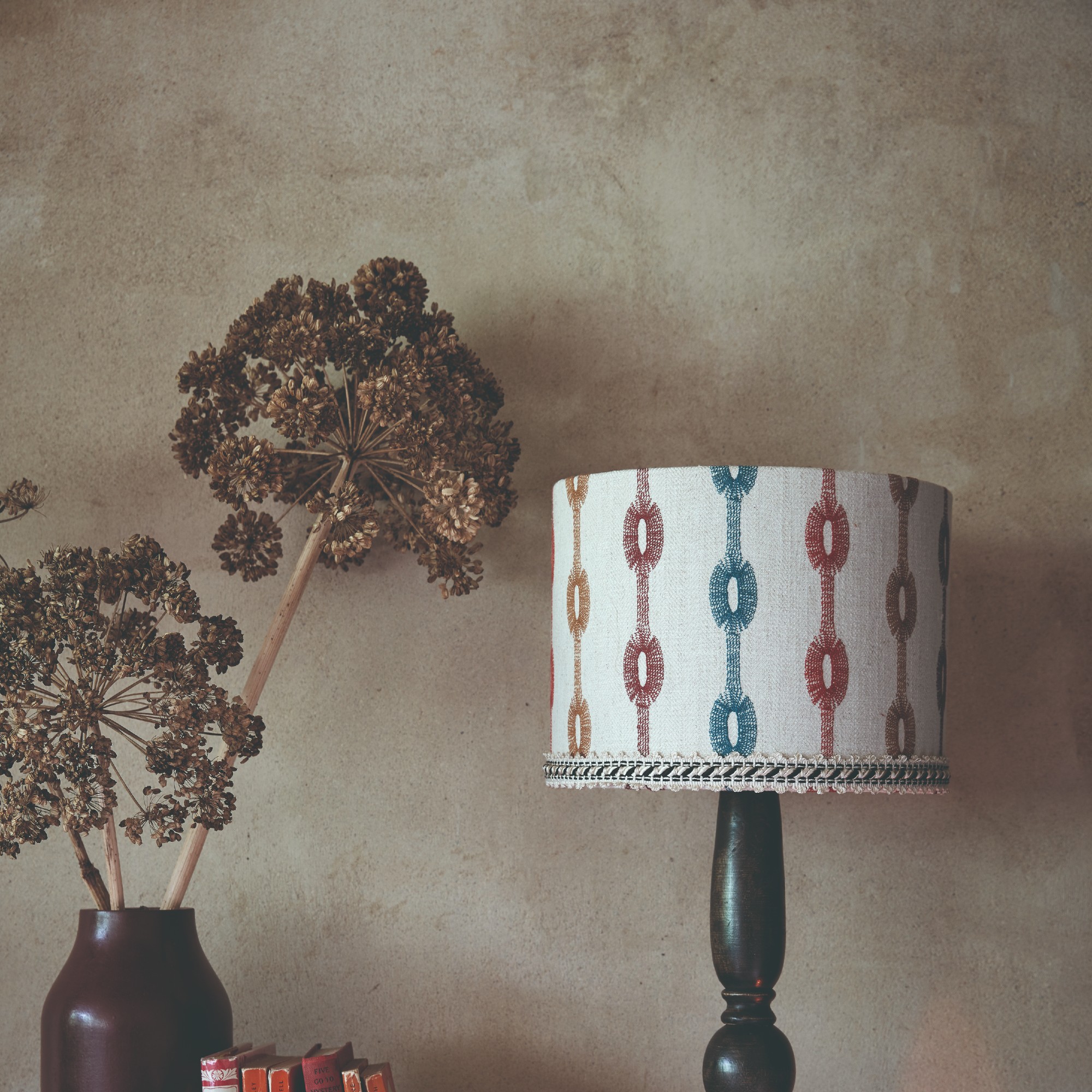
What is the difference between distemper and emulsion paint?
There are several differences between distemper and emulsion paint. One of the biggest is the versatility of emulsion paint which comes in many different finishes, while distemper only comes in the super matt finish perfect for vintage living room ideas.
‘Distemper and emulsion differ in terms of composition, finish, durability and application,’ explains Michael. ‘Distemper is usually made from natural ingredients, unlike emulsion which is made from synthetic polymers like latex or acrylic, water, pigment and additives.
‘Distemper has only one finish – a slightly uneven, historical aesthetic. Emulsion paints come in various finishes, including matte, eggshell, satin, and gloss. Usually, emulsions provide a smoother, more even finish.’
Finally, distemper is not very durable, while emulsion paint is long-lasting and low maintenance.
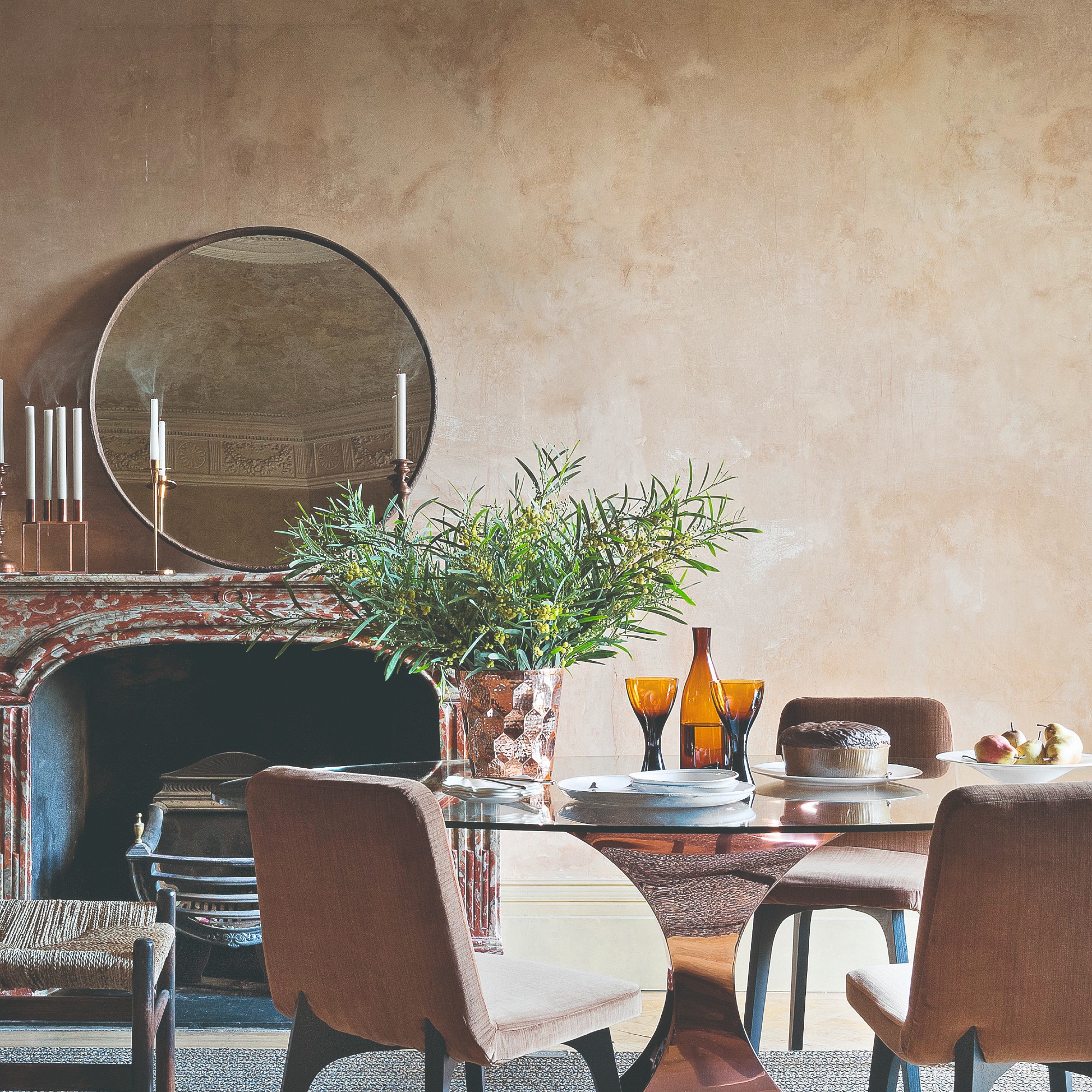
What are the disadvantages of distemper paint?
As we've mentioned, distemper paint isn't the most durable and resistant finish around, which is why it’s not an ideal choice for high-traffic rooms and spaces.
‘Distemper can sometimes be the wrong choice as unlike emulsions and other synthetic paint products, distemper paint does not offer any durability and is not suitable for heavy traffic rooms, as such this type of paint may require more frequent repainting and touch-ups,’ Michael explains.
Secondly, as already mentioned distemper paint doesn’t offer much versatility as it comes only in one finish. But if you like the limewash paint look then that shouldn’t be a problem.
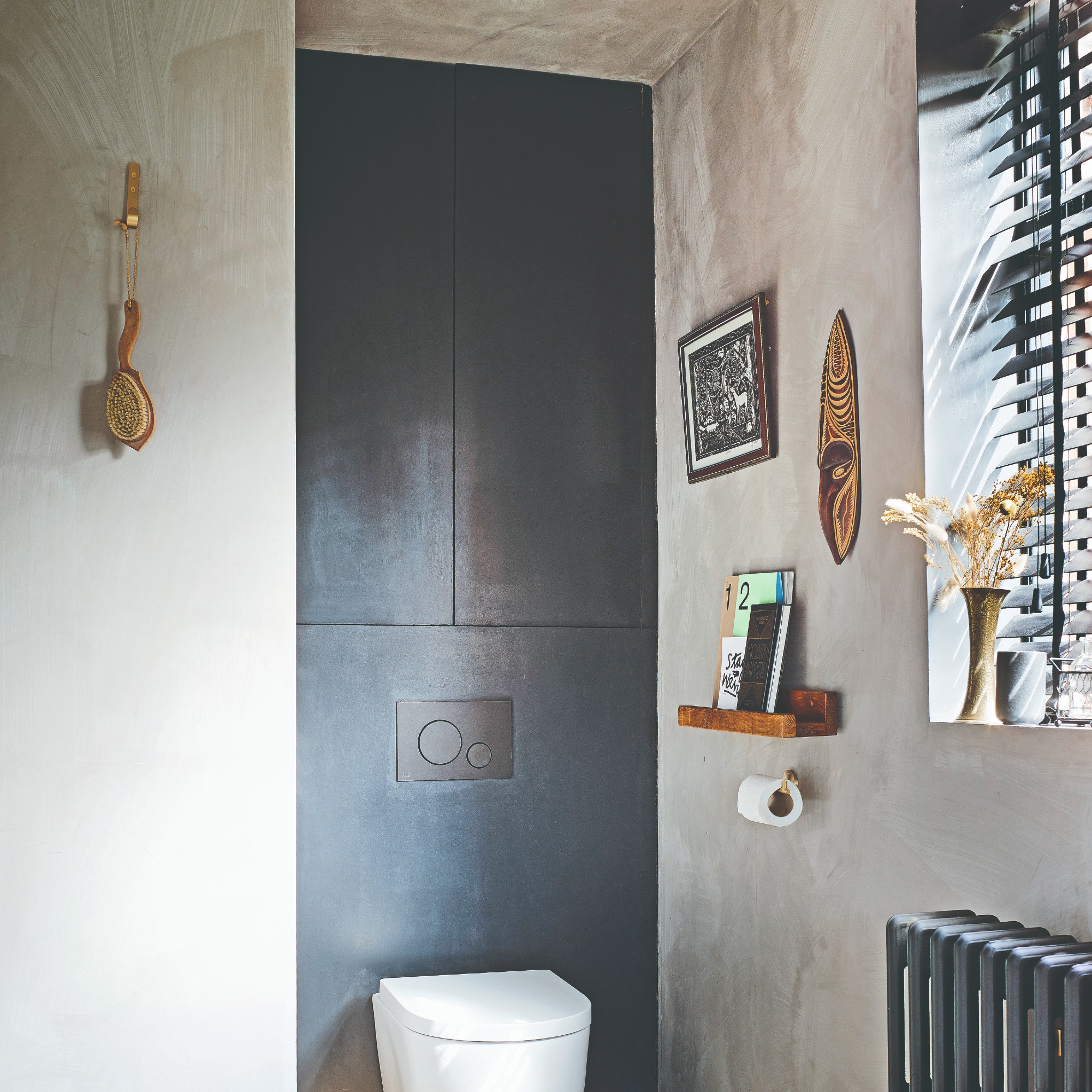
What are the advantages of distemper paint?
On the other hand, there are several upsides to using distemper paint.
‘Distemper was created to be used on interior walls and ceilings in low-traffic rooms. Due to being vapour permeable, distemper paint isn’t only favoured for its finish, but for its properties that allow surfaces to breathe, preventing dampness and mould,’ Michael says.
And due to its natural composition, it is also the more sustainable option compared to synthetic emulsion paints.
Our top distemper paint picks
So are you team distemper paint now that you know what it is? We’re sure enchanted by its soft, matte finish and vintage aesthetic.

Sara Hesikova has been a Content Editor at Ideal Home since June 2024, starting at the title as a News Writer in July 2023. She is now also the Ideal Home Certified Expert in Training on Furniture, and so far has tested 80 different sofas.
Graduating from London College of Fashion with a bachelor’s degree in fashion journalism in 2016, she got her start in niche fashion and lifestyle magazines like Glass and Alvar as a writer and editor before making the leap into interiors, working with the likes of 91 Magazine and copywriting for luxury bed linen brand Yves Delorme among others.
-
 Will a conservatory add value to your home and how can you maximise it?
Will a conservatory add value to your home and how can you maximise it?This is what the pros say
By Amy Reeves
-
 I’ve been looking for a new signature scent for my home and The White Company's new fragrance is the exact summer holiday smell I needed
I’ve been looking for a new signature scent for my home and The White Company's new fragrance is the exact summer holiday smell I neededSantorini smells fresh, summery and sophisticated
By Kezia Reynolds
-
 How to remove algae from garden walls in five steps – and the cleaning product experts rave about for tackling it fast
How to remove algae from garden walls in five steps – and the cleaning product experts rave about for tackling it fastExperts share their top tips for getting garden walls algae-free
By Katie Sims
